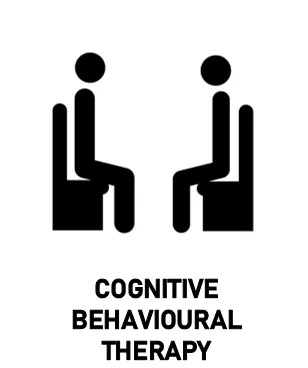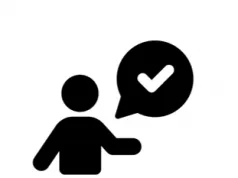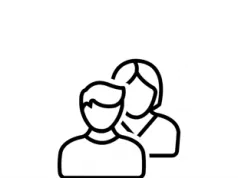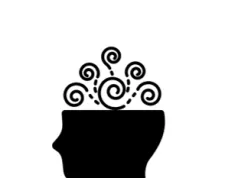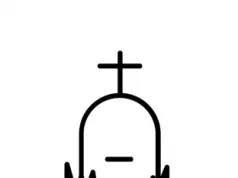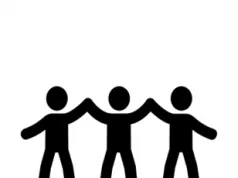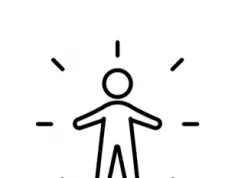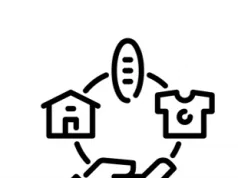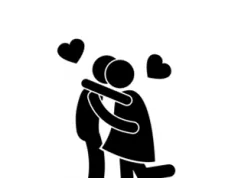Cognitive Behavioural Therapy (CBT) is a form of therapy that is highly-popular in the treatment of mental health conditions. It has helped many people with their mental health.
If you are considering attending CBT, there are certain areas that you should know about and consider. We cover these areas in this article. There are many other types of talking therapy you may wish to consider too!
What is CBT?
Cognitive Behavioural Therapy (CBT): CBT is a type of therapy that is used to treat a range of mental health conditions. CBT involves an individual talking face-to-face with a therapist, although sometimes CBT can be conducted in a group setting. CBT attempts to improve an individual’s wellbeing and mood. The therapy focuses on the link between thoughts, feelings and actions. This can be useful for those with low self-esteem, anxiety, unhelpful personality traits or intrusive thoughts. CBT can help an individual understand their feelings more, and in the long run should lead to an improvement in quality of life.

1. The evidence is good!
There is plenty of evidence that suggests CBT is highly-effective. CBT has been lauded by many for its qualities down the years and can be used to treat a range of conditions.
2. CBT uses the idea that behaviour, thoughts and feelings are interlinked
As the title suggests, CBT is based around the central idea that a person’s behaviour, thought-process and feelings are all interlinked – and that they affect one another
3. CBT attempts to disrupt the “vicious cycle”
The term “vicious cycle” is commonly heard; it refers to the cycle of negative thoughts, lack of action and low mood. CBT attempts to disrupt this cycle.
CBT attempts to breakdown these issues into smaller areas and then coming up with practical ways of finding improvements.
4. CBT teaches coping mechanisms
Part of CBT is to teach the patient coping mechanisms for the future. The idea is that by teaching coping mechanisms, it can help a patient prevent future relapses.
5. CBT is highly-structured
CBT is a highly-structured form of therapy and uses tried and tested methods. There are various forms of CBT depending on which condition is being treated – and a strong structure is in place for all of these.

6. CBT can be as effective as antidepressants
Evidence suggests that CBT can be as effective as antidepressants in milder cases of mental health conditions. This is excellent for those that wish to avoid taking medicines.
7. CBT focuses on the present day
CBT is primarily focused on the modern day – “the here and now”. CBT attempts to instil changes into a person’s modern day life, and therefore neglects looking into past events too much. For those with past trauma, CBT might not be useful.
8. CBT is a short-term therapy
CBT typically runs for between 6 and 12 sessions. It is therefore a short-term form of therapy. For those who believe they need long-term support, CBT may not be appropriate for them.
CBT can however provide a boost in the well-being for many, and equip them with strong techniques for the future.
See Also
- Therapy Home
- Everything You Need To Know About Talking Therapy
- FAQ’s About Talking Therapy
- Cognitive Behavioural Therapy: Everything You Need to Know
- The Advantages and Disadvantages of Cognitive Behavioural Therapy
- 8 Things You Should Know About Cognitive Behavioural Therapy
- What To Do When Cognitive Behavioural Therapy Doesn’t Work
- 5 Criticisms of Cognitive Behavioural Therapy
- What is the Difference Between Cognitive Behavioural Therapy and Cognitive Analytical Therapy?
- How Does Cognitive Behavioural Therapy Work?
- What Conditions Can Cognitive Behavioural Therapy Help With?
- What is the Difference Between Cognitive Behavioural Therapy and Dialectical Behavioural Therapy?
Disclaimer
This website should be used purely for informational purposes, and does not intend to, nor should it ever, be used as a replacement for professional medical advice.
We strive to keep all of our pages updated, and ensure that our website is full of factual and in-depth information. However, we encourage you to browse this website with care.
As a reminder, this website and all content within it cannot and should not replace the advice of a trained medical professional. You can read our full disclaimer at this link.
Helplines
If you are struggling with your mental health, help is available. With the right support and treatment, you can make a recovery. For information on helplines, or if you are in a state of crisis, please visit our crisis page by clicking on the relevant link for your geographical location (United Kingdom), (United States), (International). You can also see how to get mental health treatment and the process involved by clicking this link.
References
Text

